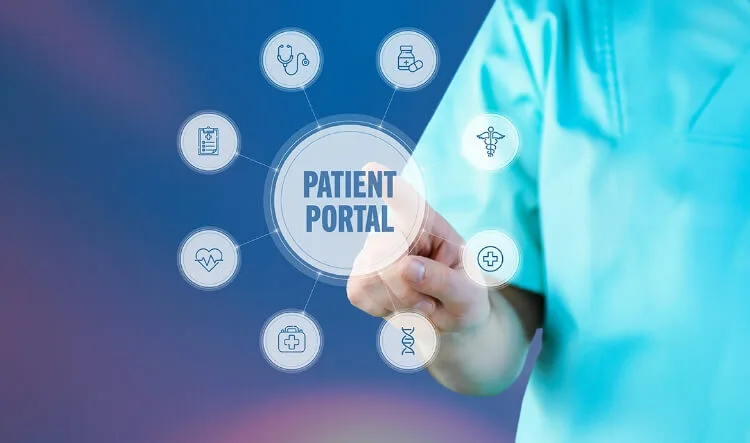Whether you are a solo behavioral health practitioner or part of a larger mental health organization, it’s a challenge implementing an electronic health record (EHR) solution. What can make – or break – an EHR implementation starts at the top.
The type of care provided by behavioral health providers varies greatly, from outpatient substance abuse treatment to group therapy to full-time, residential psychiatric care. The varied nature of treatment must be taken into account.
An EHR should be selected based on practice size, the system architecture, certifications and specialty-specific features unique to behavioral health practices. Those features include notes and templates specific to behavioral health, free text capturing, e-prescribing and medication management and alerts.
Adopting a new EHR or replacing an existing one offers a great opportunity for performance improvements throughout a behavioral health practice. For example, a patient portal allows patients to schedule appointments and request refills for prescriptions and medications. These uses of the patient portal can cut down on call office volume. The move to electronic charting also increases efficiency and improves continuity of care.
An EHR can also allow for information exchange with outside entities, such as hospitals and primary care physicians. This integration and collaboration between primary care and behavioral health helps support quality care goals and improve patient care.
Once a vendor is selected, in-house leadership is required during the implementation and adoption process. This leadership plays an important role in addressing day-to-day issues related to setting up the new workflow processes and keeping the implementation process moving forward.
Practices that fail to take a strong hand during the implementation process run the risk of failure. Because of the nuances involved in addressing behavioral health, here are some leadership tips while implementing a new EHR:
The implementation should be a priority. Clinicians must be directly involved in the process. Set practice strategy and direction to everyone involved in the practice. Communicate goals and priorities, assign tasks and ensure adequate completion of those tasks. The more planning done up front, the less chance there is of bottlenecks occurring during the implementation.
Communicate often and early in order to emphasize the importance of the project to the practice staff. Communication helps counter the anxiety from change. User and participant feedback should be collected before, during, and even after the implementation process.
Lay out the projected steps and the overall vision of the project. Set the strategic goals and lay out your expectations so that everyone understands the changes that are coming. Will the technology be used for data aggregation? How will it be used to improve treatment planning or enhance communication between providers?
Don’t delegate leadership to those invested in the old system. By putting in charge staff members who are accustomed to a previous EMR system, they tend to ‘carry over’ the old way of doing things, rather than changing the process to take advantage of the benefits of the new EHR.
Don’t neglect training. Not committing the necessary time for setup and training before and after the implementation can put the entire project at risk. Further training after the go-live date greatly increases adoption success and long-term use.
Don’t go back to the old ways. According to Kurt Lewin, the father of social psychology, the final step of his change model is refreezing. This is where the new structure and processes are accepted as the new norm going forward. The changes adopted during implementation must be cemented in the organization or there is a risk of reverting to the old way of doing things.
While selecting an EHR specific to behavioral health is an important step, engagement from is critical to successfully implementing and optimizing the system to improve workflow. Clinicians and organizations that commit to a planned system implementation can successfully reap the full benefits of the project.










